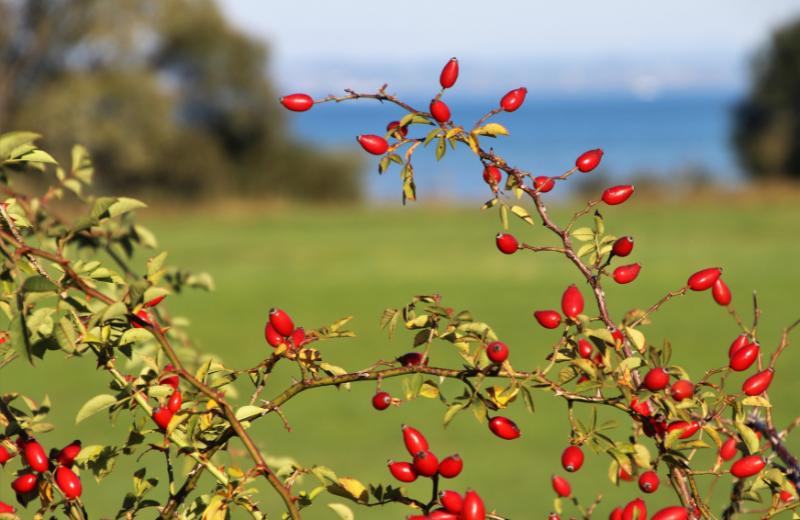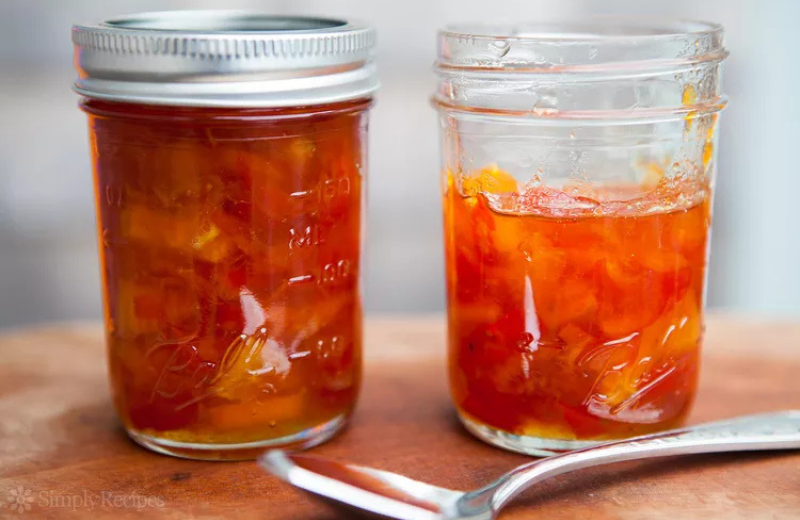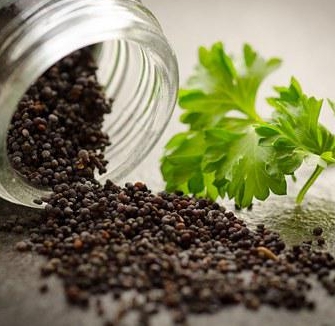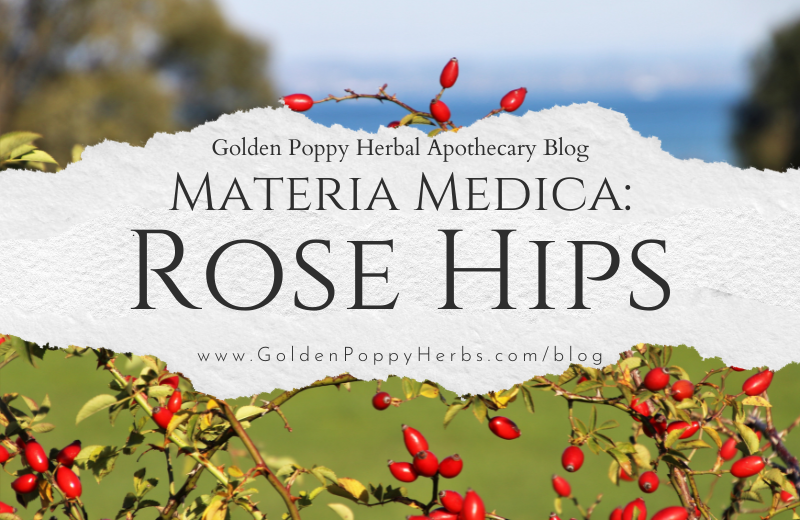Rosehips (Rosa spp.) — The Fruit of the Rose
When the last blossoms of summer fade and the petals of the rose drift away on autumn winds, a quiet transformation takes place. In their place, small, glowing fruits emerge—bright red and orange jewels known as rosehips. They hang like lanterns along hedgerows and wild thickets, offering beauty even as the days grow shorter and colder.
Rosehips embody the essence of transition: the tender, fleeting beauty of the rose flower is gathered up and preserved in this fruit, carrying forward vitality, resilience, and nourishment to sustain us through the darker months. Where the flower speaks of love, beauty, and openness, the hip speaks of sustenance, endurance, and care for the body.
These fruits are both food and medicine, long cherished in folk traditions as a source of strength through winter. During World War II, for instance, people in Britain foraged rosehips to make syrups rich in vitamin C when citrus fruits were scarce. Across cultures, they have been simmered into teas, crafted into jams, and pressed into oils for the skin—all ways of capturing their tart brightness and transforming it into something healing.
Energetically, rosehips are cooling and moistening, with a gentle astringency that tones tissues and a demulcent nature that soothes them. Their tart, fruity flavor is a reminder of their gifts: lifting fatigue, refreshing the body, and nourishing us deeply. They arrive when the world turns toward stillness, carrying the sunlit energy of the summer rose into the depths of winter.
Botanical Notes & Harvesting
- Species & form: There are over 300 species of Rosa and thousands of cultivated varieties. In many monographs, the “hip” refers to the hypanthium (the fleshy fruit cup around the seed) rather than the true seed itself.
- Habitat & growth: Many wild rose species thrive in sunny, well-drained soils, commonly found along roadsides, forest edges, and hedgerows.
- Timing & maturity: Rosehips are best harvested after the first frost, when their sweetness and medicinal potency deepen. Be mindful to pick hips from roses free of pesticides (avoid florist roses, which are often sprayed).
- Processing caution: Inside the hip are tiny seeds and fine hairs that can irritate mucous membranes and the digestive tract. Always remove seeds and hairs (or strain carefully), especially in internal preparations.

Constituents & Actions
Rosehips are a rich and complex herbal medicine, offering a tapestry of nutrients and phytochemicals:
- Vitamin C (ascorbic acid): Especially abundant in fresh rosehips.
- Bioflavonoids, phenolic compounds, anthocyanins, tannins, quercetin: Support antioxidant, anti-inflammatory, and vascular toning actions.
- Organic acids: Including malic and citric acids, contributing to flavor and mild digestive stimulation.
- Fatty acids (in seed oil): When rosehips are cold-pressed, the seeds yield essential fatty acids and fat-soluble vitamins useful in topical skincare.
Medicinal actions include:
- Anti-inflammatory & analgesic — helpful in chronic inflammation and associated pain.
- Antioxidant / free radical protection — shielding tissues (skin, vasculature, joints) from oxidative stress.
- Astringent & toning — supports vascular integrity and mucous membranes.
- Demulcent / soothing — easing irritation in digestive and mucous tissues.
- Nutritive tonic — supporting systemic resilience via micronutrients and phytonutrients.
Because of this synergy, rosehips are considered both food and medicine.
Therapeutic Uses & Applications
- Joint Health & Inflammation: Rosehip supplementation may reduce pain, stiffness, and markers of inflammation in osteoarthritis and rheumatoid conditions.
- Cardiovascular Support: Consumption of rosehip powder has been associated with modest reductions in blood pressure, LDL cholesterol, and other cardiovascular markers.
- Skin Health & Aging Support:
- Internally: Antioxidants and vitamins support skin integrity and resilience.
- Topically: Rosehip seed oil is prized for its fatty acids, vitamins A and E, and antioxidants—supporting regeneration, reducing scars, and promoting healthy texture.
- Immune & Nutritional Tonic: Vitamin C and other nutrients in rosehips bolster immunity, particularly in teas or foods.
- Gastrointestinal & Mucous Membrane Support: A softly astringent decoction can calm mild digestive irritation and support mucous membranes.
Rosehips carry the life force of the rose flower into autumn and winter. They are often thought of as “inner heart medicine,” preserving the vitality of the bloom and offering resilience, warmth, and nourishment. Folklore links them to protection, longevity, and inner fortitude. They are a bridge—bringing the bright, open energy of the rose flower into the quiet, reflective months that follow.

Preparations & Dosage Suggestions
- Rosehip tea / decoction: Steep gently to preserve vitamin C.
- Traditional decoction: 2–6 g per dose, 1–3 times/day; clinical trials sometimes use higher amounts (up to 40 g/day powder).
- Powdered capsule / extract: For concentrated use, e.g., joint support.
- Fruit syrup / jams / culinary: Tart and flavorful, easily incorporated into food.
- Cold infusion / tincture (hydro-glycerite): Preserves delicate constituents.
- Rosehip seed oil (topical): Cold-pressed oil for serums, creams, or balms.
Cautions & Contraindications
- Allergies to roses or related plants.
- Gastrointestinal sensitivity at high doses.
- High vitamin C intake in susceptible individuals may affect kidney stone formation.
- Possible interactions with antihypertensives, anticoagulants, or other medications.
- Pregnancy & lactation: use cautiously.
- Seed/hair irritation: always remove inner seeds and hairs.
Blends to Try:
- Seasonal immune tea: Combine with elder, echinacea, or hawthorn.
- Joint support syrup: Base of rosehip decoction with nettle or willow bark.
- Skin elixir: Rosehip seed oil with calendula or carrot seed oil for regenerative facial serum.
- Culinary uses: Jam, compote, syrup for a tart, medicinal flavor in meals.
Rosehips are a gentle, bright gift of late summer and autumn—small fruits that carry the resilience, nourishment, and quiet beauty of the rose into the colder months. They offer support for the body, the skin, and the spirit, inviting us to slow down, savor, and nourish ourselves from the inside out. One of the most delightful ways to celebrate their vibrant flavor and healing qualities is by transforming them into a sweet-tart, nutrient-rich jam—a way to bring rosehips to your table and into your daily rituals. You can try this at home with this rose hip jam recipe and carry a little jar of autumn sunshine through the winter.

References
- Herbal Academy. (n.d.). Rose monograph. The Herbal Academy. Retrieved from https://theherbalacademy.com/rose-monograph
- Herbal Remedies Advice. (n.d.). Rose Hips Benefits. Retrieved from https://www.herbalremediesadvice.org/rose-hips-benefits.html
- Mármol, I., Sanchez-de‑Diego, C., Jiménez, S., Jiménez, R., & Rodríguez‑Yoldi, M. J. (2017). Therapeutic applications of rose hips from different Rosa species. International Journal of Molecular Sciences, 18(1). https://www.ncbi.nlm.nih.gov/pmc/articles/PMC5485961/
- Healthline. (2019, December 4). Rose Hips: Benefits, Forms, Uses, and Side Effects. Retrieved from https://www.healthline.com/nutrition/rose-hips
- HerbRally. (n.d.). Rose (Rosa spp.). Retrieved from https://www.herbrally.com/monographs/rose
- LearningHerbs. (n.d.). Herb Notes: The Benefits of Rosehips. Retrieved from https://www.learningherbs.com/blog/rosehips-benefits
Browse by category
- Aphrodisiacs
- Aromatherapy
- Astrology & Magic
- Ayurdeva
- Botany Foraging & Gardening
- Chakras
- Digestion
- Earth Connection
- Energetics
- Flower & Gem Essences
- Folk Traditions
- Herbalism & Holistic Health
- Immune Support
- Materia Medica
- Mushrooms
- Nutrition
- Seasonal Living: Autumn
- Seasonal Living: Moon Cycle
- Seasonal Living: Spring
- Seasonal Living: Summer
- Seasonal Living: Winter
- Skin & Body Care

Don’t Miss a Thing!
Enter your email below to be the first to know about sales, new products and tips for taking care of your pieces.


